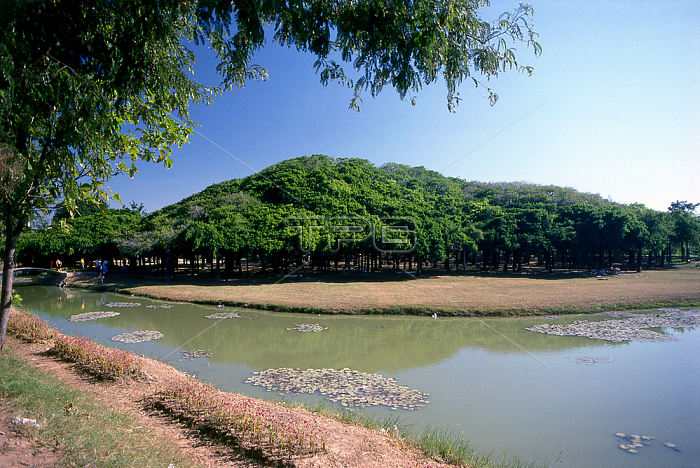
The complex at Phimai dates originally from the reign of Surayavarman II (r. 1113 - 1150); during the first part of the 12th century CE. The temple was constructed with white; finely-grained sandstone; in the same style as Angkor Wat. Like Angkor; too; Phimai was first dedicated to the cult of Vishnu. The central sanctuary tower and much of the immediate surrounding which survive today date from this early period.
About one hundred years later; when Jayavarman VII (r. 1181 - 1218); 'the builder'; extended and developed Phimai; the temple became a Mahayana Buddhist centre; dedicated to the Vimaya Buddha. The name 'Phimai' is derived from this.
The basic structure of Jayavarman's city is readily identifiable today. The complex sits in a large rectangle which once contained a small town; and was surrounded on all four sides by water - the Mun River to the north; a natural canal to the west; and two man-made canals to the south and east. The south wall of the city was pierced by the Pratu Chai; or 'Victory Gate'. From this gateway a road led straight to Angkor; the Khmer capital.
| px | px | dpi | = | cm | x | cm | = | MB |
Details
Creative#:
TOP20155798
Source:
達志影像
Authorization Type:
RM
Release Information:
須由TPG 完整授權
Model Release:
No
Property Release:
No
Right to Privacy:
No
Same folder images:

 Loading
Loading